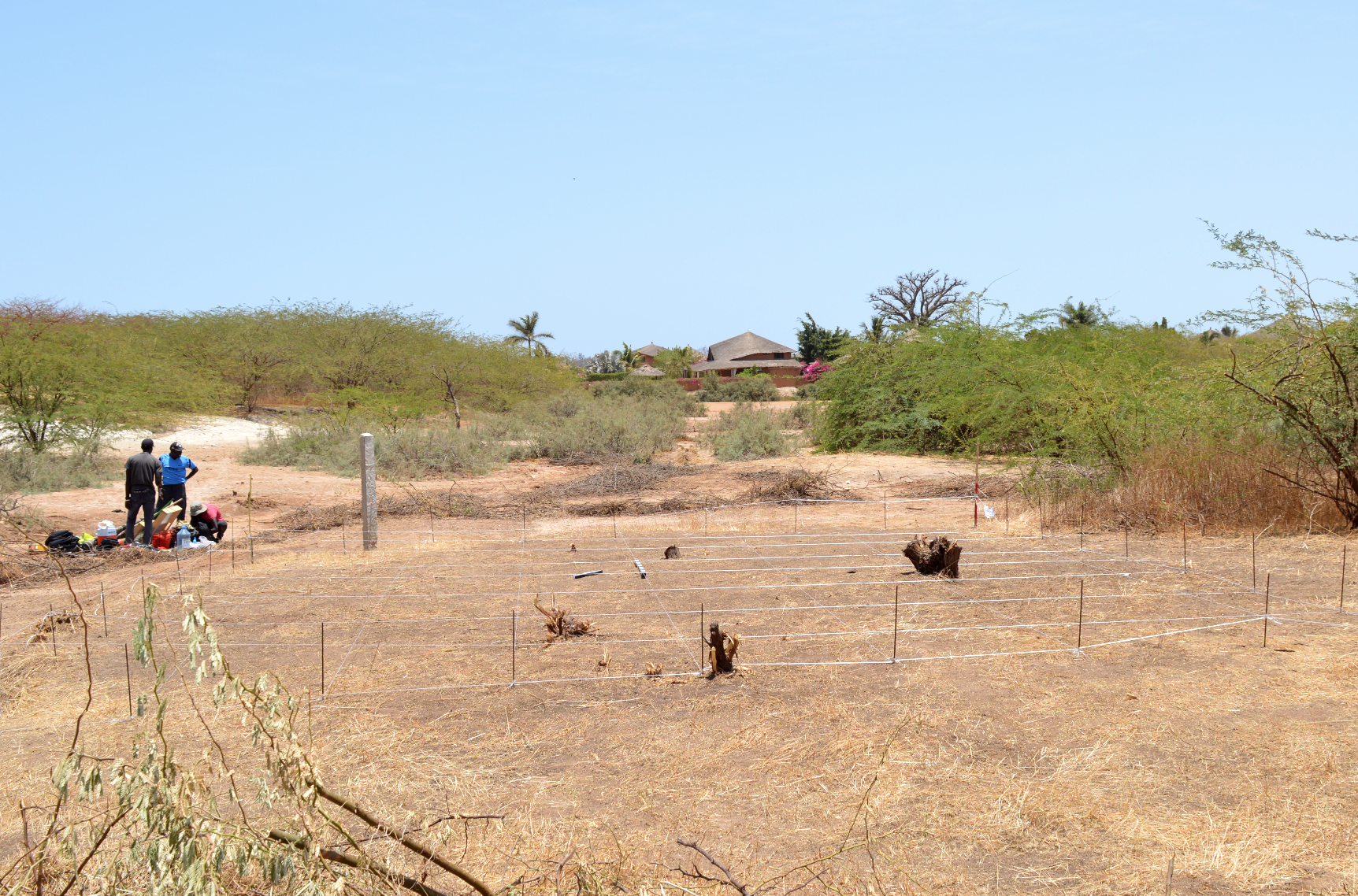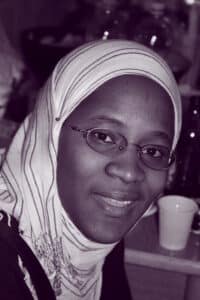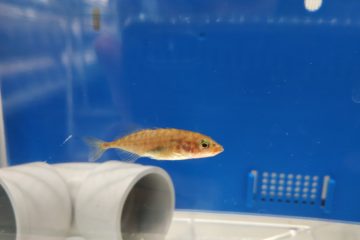
Khady NIANG,
Bénéficiaire d’une Subvention de recherche en 2018
Journal of Archaeological Science: Reports
Volume 34, Part B, December 2020, 102658
Abstract
Chronometrically dated Pleistocene records of human occupations of West Africa are rare but offer critical information with which to explore patterns of human origins and adaptation both within the region and more widely across the continent. A number of Middle Stone Age sites are known from the larger river valleys of West Africa, but recent work at the site of Tiémassas has highlighted the presence of Late Pleistocene occupations of the West African coastline. Tiémassas is the westernmost Middle Stone Age site known from Africa, and is located at the interface of Sudanian savannahs, Guinean forest-savannah mosaics and mangrove habitats. Research in the 20th century identified rich collections of MSA stone tools at the site, and our earlier excavations at Tiémassas have constrained an occupation to ca. 44 thousand years ago. Here, we present the results of further chronological dating and detailed analyses of lithic assemblages from new excavations at the site. We synthesize these new findings with the wider suite of evidence from the site to characterize MSA occupations of the West African coast to between 62 and 25 thousand years ago. Our results suggest considerable technological continuity in stone tool technologies at Tiémassas. Despite the immediate proximity of the coastline, there is little evidence at present to suggest direct engagement with coastal resources by MSA populations. Rather, the ecotonal position of the site, alongside more diffuse benefits of its coastal position, may have provided an attractive context for Middle Stone Age occupation.
Keywords
West Africa; Middle Stone Age; Stone Tool Technology; Late Pleistocene; Coastal occupations
Khady Niang est docteur de l’Université de Ferrare (Italie). Depuis 2012, elle est enseignante chercheure au  département d’histoire de l’Université Cheikh Anta Diop de Dakar (Sénégal). Spécialiste de la technologie lithique, elle s’intéresse au phénomène de diffusion d’Homo sapiens à travers l’Afrique. Plus spécifiquement, ses travaux portent le Middle Stone Africain et sur le rôle de la côte atlantique dans les dynamiques du peuplement de l’Afrique de l’ouest à la fin du Pléistocène. Une subvention de recherche octroyée par la Fondation Fyssen en 2018, lui a permis de mener un important projet de recherche le long de la « petite côte » du Sénégal. Ses résultats dans le site de Tiémassas, situé dans une zone entre mangroves, savanes et forêts permettent de mettre en évidence la longue persistance de traditions culturelles, que les hommes préhistoriques ont su adapter à une grande variété de systèmes écologiques.
département d’histoire de l’Université Cheikh Anta Diop de Dakar (Sénégal). Spécialiste de la technologie lithique, elle s’intéresse au phénomène de diffusion d’Homo sapiens à travers l’Afrique. Plus spécifiquement, ses travaux portent le Middle Stone Africain et sur le rôle de la côte atlantique dans les dynamiques du peuplement de l’Afrique de l’ouest à la fin du Pléistocène. Une subvention de recherche octroyée par la Fondation Fyssen en 2018, lui a permis de mener un important projet de recherche le long de la « petite côte » du Sénégal. Ses résultats dans le site de Tiémassas, situé dans une zone entre mangroves, savanes et forêts permettent de mettre en évidence la longue persistance de traditions culturelles, que les hommes préhistoriques ont su adapter à une grande variété de systèmes écologiques.
Informations complémentaires:
Consulter l’article dans Nature


